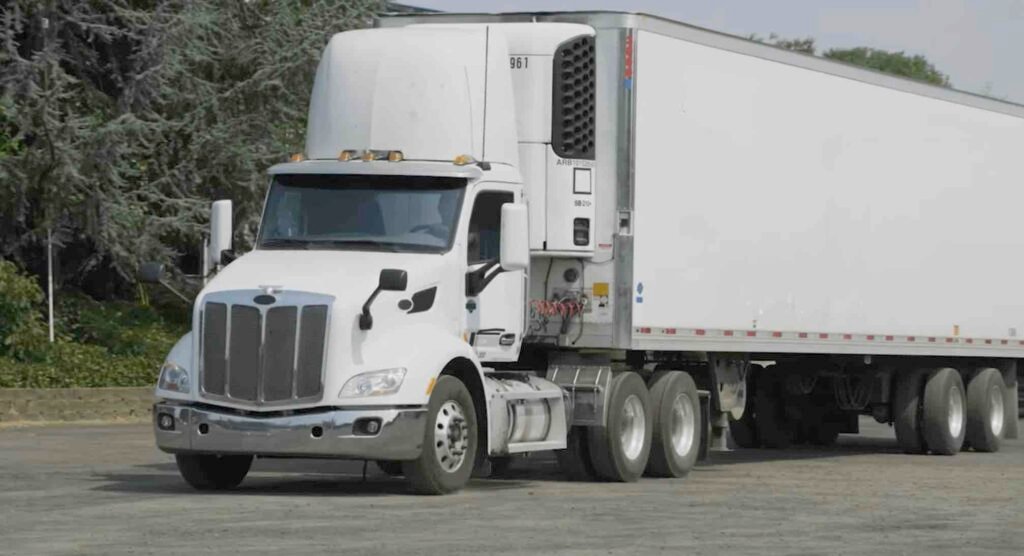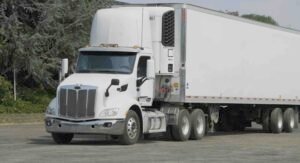In the fast-paced world of logistics, dry van trucking remains one of the most flexible and in-demand transport options across the United States. But with rising fuel costs, market shifts, and growing competition, the real question for truckers and logistics businesses is: How can you truly maximize profits with dry van trucking?
Whether you’re an owner-operator, dispatcher, or fleet manager, this guide will break down the key ways to increase your revenue, minimize costs, and stay ahead in the dry van trucking trends of 2025.
1. How Can you Maximize Profits with Dry Van Trucking?
Profitability in dry van operations isn’t just about finding freight, it’s about smart planning, cost control, and rate negotiation.
Top Strategies to Maximize Dry Van Profits:
-
Use backhauls to avoid empty returns
-
Plan efficient routes to save time and fuel
-
Target high-paying industries like electronics, retail, and food & beverage
-
Leverage software for real-time load matching and fuel tracking
Using dry van route optimization software can help cut unnecessary mileage and increase job volume without burning out.
2. What Are the Most Profitable Dry Van Load Types?
Not all loads pay the same. Focus on consistent, high-demand freight categories.
High-Paying Dry Van Loads:
| Load Type | Why It Pays Well |
|---|---|
| Consumer Electronics | High value, often urgent |
| Food & Beverage | Steady demand, frequent hauls |
| Retail Goods | Tight delivery windows = better rates |
| Pharmaceuticals | Requires reliability and temperature stability |
Negotiating dry van freight rates in these categories gives you better leverage as a carrier.
3. How Do Deadhead Miles Affect Dry Van Earnings?
Deadhead miles: miles driven without a load, are a silent profit killer.
Every mile without freight burns fuel, wastes time, and adds wear on your truck.
Reduce Deadhead Miles in Dry Van Trucking:
-
Book return loads before starting the outbound trip
-
Use load boards with same-day or nearby backhaul listings
-
Partner with best dry van dispatch services to fill in the gaps
Minimizing deadhead is one of the easiest ways to increase net income per route.
4. What Is the Average Profit Per Mile for Dry Van Carriers?
Profit per mile can vary based on region, load type, and expenses.
Industry Averages (as of early 2025):
| Metric | Range |
|---|---|
| Revenue per mile | $2.00 – $3.00 |
| Operating costs/mile | $1.30 – $2.00 |
| Profit per mile | $0.70 – $1.00 |
Improving dry van fuel efficiency, reducing downtime, and cutting costs can push you toward the higher end of that range.
5. Should I Use a Dispatch Service to Increase Dry Van Revenue?
Yes—if it’s the right dispatch partner.
The best dry van dispatch services help you:
-
Get higher-paying loads
-
Negotiate better terms
-
Reduce time spent on paperwork and logistics
Look for services with transparent fees and real-time communication.
6. How Can Fuel Efficiency Improve Dry Van Profit?
Fuel is one of your biggest operating costs. Even small savings per mile add up over time.
Dry Van Fuel Efficiency Tips:
-
Avoid idling
-
Keep tires inflated properly
-
Use cruise control when possible
-
Maintain a steady speed on highways
-
Invest in aerodynamic add-ons like side skirts or tails
These steps help cut fuel costs and improve your dry van trucking profit margins.
7. What Technology Tools Help Maximize Dry Van Profits?
Tech is your friend, especially when it helps you make faster, better decisions.
Top Technology for Dry Van Trucking:
| Tool Type | Benefits |
|---|---|
| Load Boards & Marketplaces | Faster access to loads & better rates |
| Fuel Tracking Apps | Monitor spend, compare prices |
| Route Optimization Software | Reduce miles and drive time |
| Maintenance Alerts & Logs | Prevent costly breakdowns |
| Electronic Logging Devices (ELDs) | Stay compliant and track hours efficiently |
Implementing technology for dry van trucking boosts productivity and profit.
8. What Maintenance Practices Reduce Dry Van Operating Costs?
Preventive maintenance keeps your truck running longer and helps you avoid surprise repairs.
Dry Van Maintenance Cost Savings Tips:
-
Perform regular oil changes and filter replacements
-
Inspect and rotate tires often
-
Check brakes and suspension every 10,000–15,000 miles
-
Keep trailers clean to avoid contamination fines
-
Use a checklist for daily inspections
Staying ahead of issues saves thousands per year and keeps your dry van available for more loads.
9. How Can Owner-Operators Maximize Dry Van Income?
If you own your own rig, you’ve got more control and more responsibility.
Owner-Operator Dry Van Earnings Guide:
-
Track every expense from tolls to repairs
-
Work with multiple brokers for load variety
-
Invest in back-office support to handle invoicing and permits
-
Drive fewer miles for higher-value loads
-
Build direct customer relationships to cut out middlemen
The goal isn’t just more miles, it’s more money per mile.
Final Thoughts: Dry Van Trucking Done Right
Maximizing profits in dry van trucking takes more than luck. It requires strategy, tools, and discipline. From understanding dry van maintenance cost savings to choosing high-paying dry van loads, every decision makes a difference.
Whether you’re a solo driver or running a fleet, applying these insights will set you up for success in dry van trucking in 2025 and beyond. If you want to know more about the dry van services and their benefits, visit now.
Let’s Hear from You
Are you an owner-operator or fleet manager working with dry vans?
What’s your go-to tip to cut costs or boost earnings?





